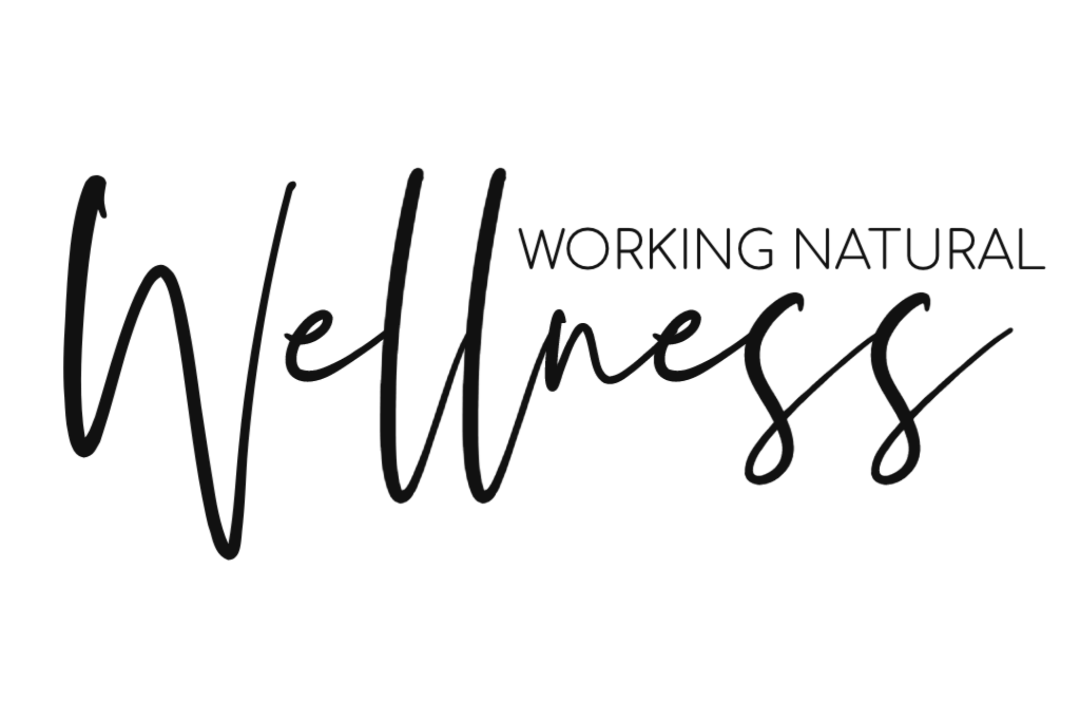|
Have you ever thought about the quality of your produce and where it comes from? I want to share with you a good, better, best approach to picking your produce. First, let’s talk about the common ways to buy produce. You can get it fresh in the produce section at the grocery store, canned in the dry goods section, frozen in the freezer section, from your garden or from your local farmer’s market. I want to eliminate one of these options right from the start. Canned vegetables are often picked at the peak of freshness but are then highly processed reducing the nutrients and often include additives. Additives aren’t good for our bodies nor do our bodies know how to process them.
So, let’s talk about the GOOD option. A good option is to get your vegetables in the produce aisle of your grocery store and buy organic whenever possible and cost effective for your family. The downside to this option is that the produce tends to be picked too early and before the nutrients are fully developed. Not only that, but the produce is then put on a truck or some form of transportation and moved from where it was grown to your location – this can take days or even longer. The longer the produce is in transit the more it degrades, depleting the nutrients even more. However, buying from the produce section is still a better option than no veggies or the processed and canned version most of the time. Next let’s talk about the BETTER option. A better option is frozen vegetables. Frozen vegetables are picked at the peak of freshness and usually blanched preserving the freshness. Now, some nutrients are potentially lost in the blanching process, but no additives are included and, for the most part, the produce still holds the majority of its nutrients and is fresher than the “fresh produce” found in the produce section at your grocery store. Often, frozen produce may actually be cheaper than fresh, and it has a longer lifespan. When buying frozen vegetables, you still want to aim to purchase organic to avoid a plethora of nasty chemical additives used in the growing process. Lastly, let’s talk about the BEST option. The best option is to raise vegetables yourself and eat them fresh from your own garden. This option isn’t always feasible, so an alternative is to find a local organic farmer or CSA (Community Supported Agriculture) to acquire your produce. In addition to this being the freshest, most nutrient dense option, this also encourages you to eat in season produce and explore new veggies. Another side perk is that you are also able to support a local farm and stimulate your local economy! Here are a few resources to help you find some local produce options! https://www.localharvest.org/locations/ https://marketwagon.com
0 Comments
Leave a Reply. |
AuthorKarly is a Wife, Mom, Entrepreneur, FNTP and Non-Toxic Living Specialist and Lover of Food - living in a small suburb of Austin, TX. Archives
November 2020
Categories
All
|
|
Working Natural Wellness, LLC is a participant in the Amazon Services LLC Associates Program, an affiliate advertising program designed to provide a means for us to earn fees by linking to Amazon.com and affiliated sites.


 RSS Feed
RSS Feed
